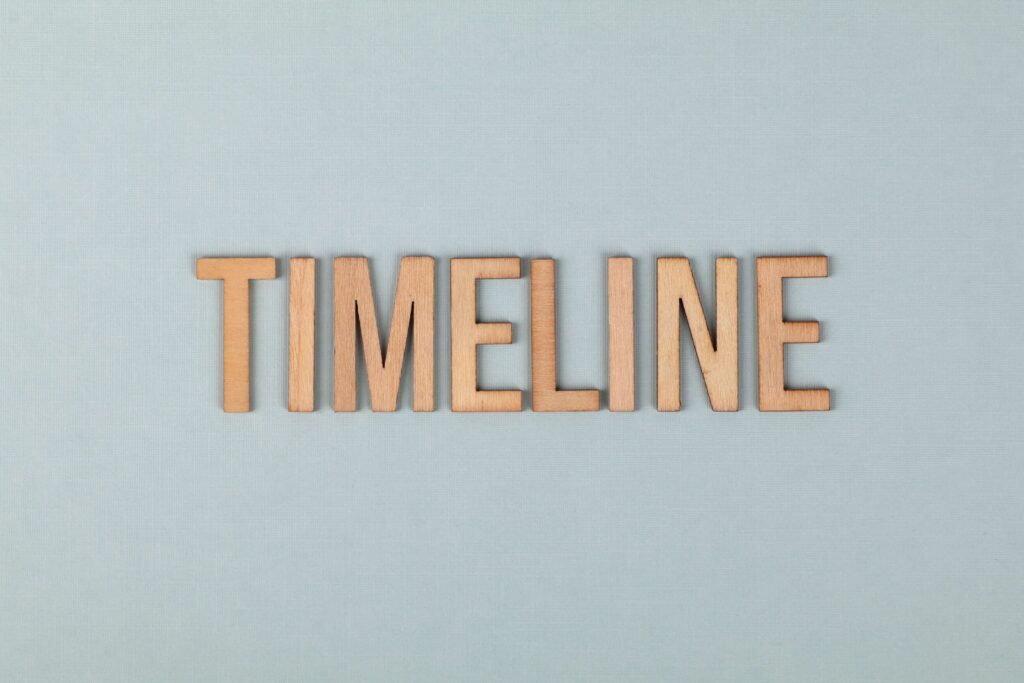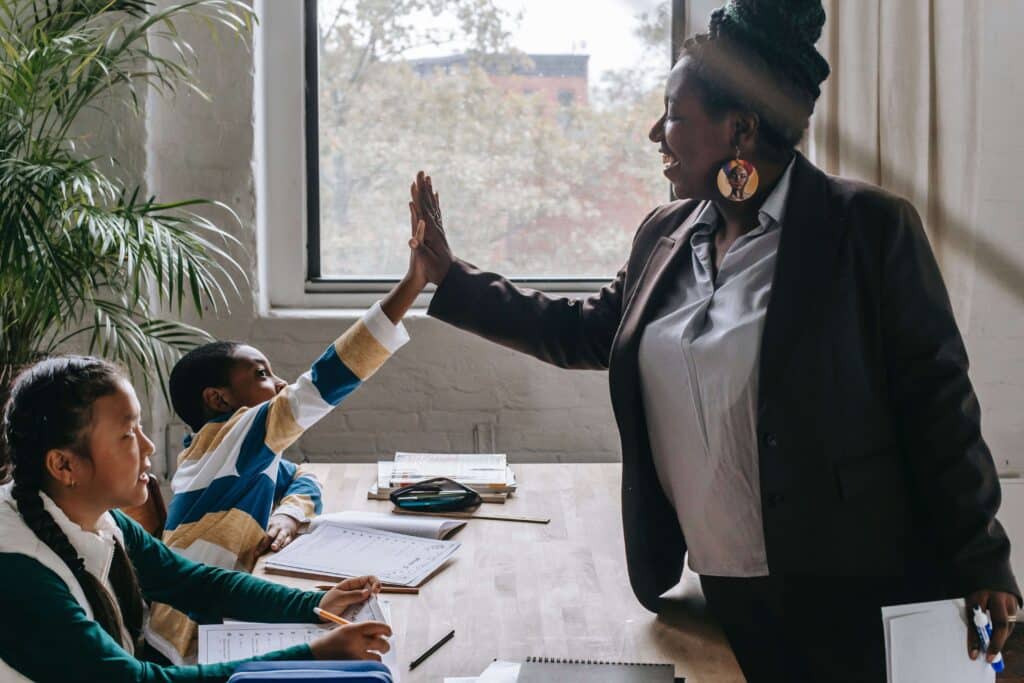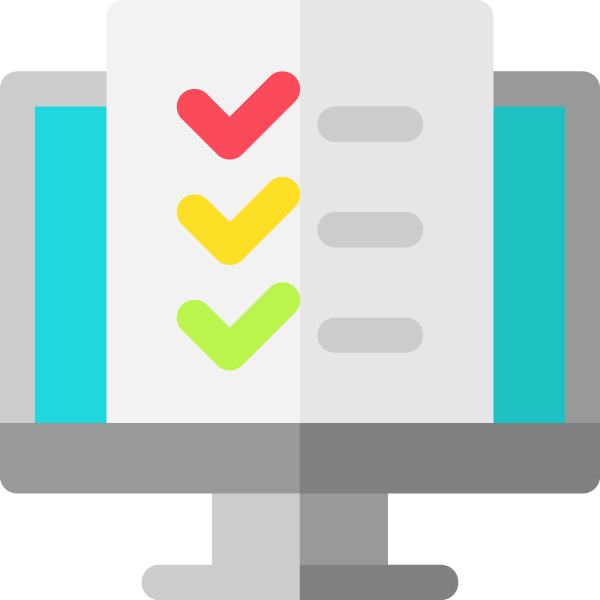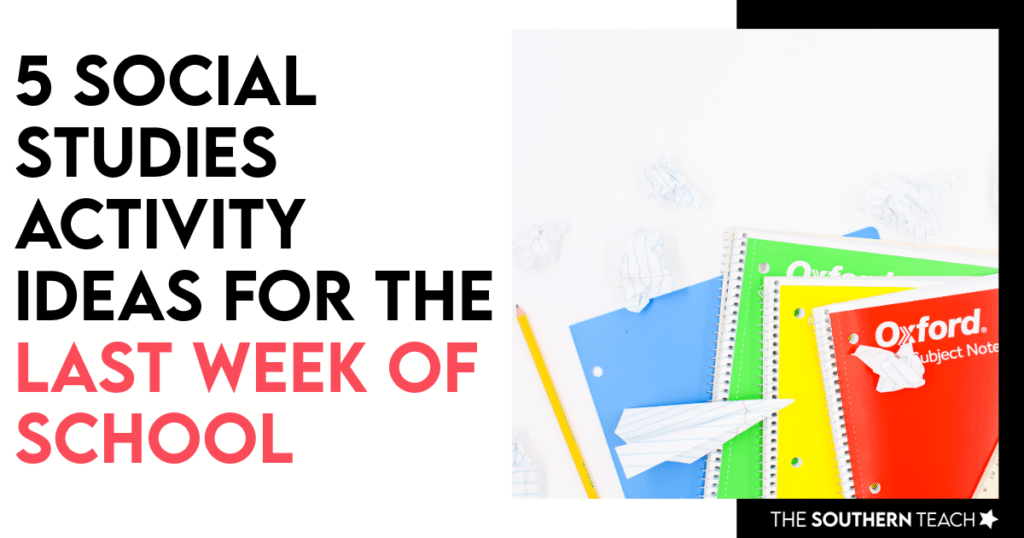Using Timelines for Social Studies in 6 Powerful Ways
By Kirsten Hammond
Share This Post:
Timelines are a crucial text feature, especially during this time of the year.
In this blog post from The Social Studies Teacher Podcast, I’ll share six practical tips for teaching and using timelines effectively in your upper elementary social studies classroom.
What are timelines?
Timelines are visual tools that display events in a chronological order along a line, helping one to understand the relationships between historical events.
In the realm of social studies, timelines play an important role in presenting a clear overview of how significant occurrences unfolded over time. They offer a structured way to understand historical contexts and the interconnectedness of key moments.
Whether used for personal timelines, historical periods, or specific events, timelines are essential for enhancing learning by presenting information in a visually accessible format.

Why should timelines be taught with social studies?
Timelines should be incorporated into the upper elementary social studies classroom for several compelling reasons.
- Using timelines are effective as visual aids that help students comprehend and retain historical information. By presenting events in a chronological order, timelines offer a structured overview, making it easier for students to grasp the relationships between different historical occurrences.
- Using timelines can foster critical thinking skills by requiring students to analyze the cause-and-effect relationships between events.
- Using timelines can promote hands-on learning through interactive activities like creating timelines, allowing students to actively engage with historical content.
Ultimately, the use of timelines in the upper elementary social studies classroom transforms history lessons into dynamic and engaging experiences, cultivating a deeper appreciation for the past among students.

Tips to teaching and using timelines
Tip 1: Start with Basics
Pre-teach essential vocabulary related to timelines. Ensure students grasp concepts like time, decades (every 10 years), centuries (every 100 years), and different eras.
Discuss the order of days, months, and years, emphasizing the organization of timelines as progressing from earliest to most recent (from left to right or top to bottom, depending on the timeline).
Tip 2: Create Interactive Timelines
Make timelines interactive and hands-on! Provide materials such as posters or index cards for students to create their own timelines.
Encourage them to arrange and manipulate events before gluing them down so that you can check for student understanding.
Tip 3: Connect Timelines to Personal Lives
Have students create timelines of their own lives, noting significant events like birth, memorable vacations, family milestones, or starting school.
This personal touch makes timelines more tangible, relevant, and relatable, especially for understanding abstract concepts.
Tip 4: Incorporate Visuals and Multimedia
Enhance timelines with visuals like pictures, maps, or videos for a multi-sensory approach.
Here’s a fun idea – consider using modeling clay or play-doh to create 3D representations of historical events and index cards for the year and description of the event. This can provide a unique and engaging twist!
Tip 5: Use Timelines for Sequencing and Cause-and-Effect
Teach students to use timelines to understand the sequence of events and identify cause-and-effect relationships.
Discuss how one event leads to another, encouraging analytical skill-building and historical reasoning.
Tip 6: Compare and Contrast Timelines
Encourage students to compare and contrast timelines from different historical periods.
Discuss similarities and differences, helping them recognize patterns and gain a nuanced understanding of historical context.

Incorporating timelines into your upper elementary social studies block can transform history lessons into engaging and dynamic experiences. It can be used virtually for any social studies topic under the moon.
These tips aim to help students develop a strong grasp of timelines, cultivate critical thinking skills, and unlock the interesting narratives of the past.
If you want to learn more social studies tips, you’ll love these blog posts on a variety of topics and domains for your upper elementary classroom!
kirsten hammond
Kirsten is a former 3rd and 5th grade teacher who loves helping upper elementary teachers by creating resources and sharing ideas that are engaging, research-based, and TEKS-aligned. She is a work-from-home mama of 3 rambunctious little ones and loves running, true crime, and lots of coffee.


















